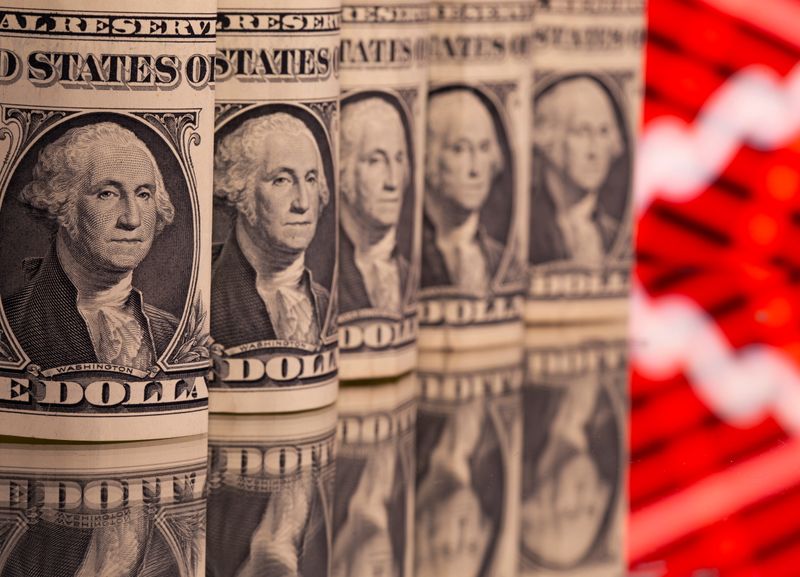By Peter Nurse
Investing.com – The dollar traded higher Wednesday, benefiting from higher Treasury yields, caution ahead of the European Central Bank’s policy meeting and concerns over global growth.
At 2:55 AM ET (0755 GMT), the Dollar Index, which tracks the greenback against a basket of six other currencies, gained 0.1% to 92.635, just off its highest level so far in September.
USD/JPY rose 0.2% to 110.44, EUR/USD fell 0.1% to 1.1833, GBP/USD dropped 0.2% to 1.3760, while the risk sensitive AUD/USD fell 0.2% to 0.7370, following the Reserve Bank of Australia’s decision on Tuesday to extend its bond-buying the program through February.
The benchmark 10-year Treasury note traded at 1.37% early Wednesday, just off Tuesday’s high of 1.39%, which was the highest level since mid-July, and a boost to the dollar.
This yield soared in the wake of Friday’s disappointing jobs report, which the market took to suggest that the Federal Reserve’s tapering of its bond-buying program would be delayed despite a spate of high inflation prints.
The weak report added to fears that the rise in Covid cases, with the United States having recorded roughly 650,000 deaths and last week exceeded 40 million cases, would stunt U.S. economic growth in the second half of the year. Influential investment bank Goldman Sachs (NYSE:GS) earlier this week cut its estimate for 2021 GDP growth in the U.S. to 5.7% from 6.2%.
Also attracting a degree of caution is the upcoming meeting of the European Central Bank, with discussions about the potential scaling back of its monetary stimulus becoming more vocal.
“The time to call an end to the pandemic-era bond purchases is not here, but we think the ECB will decide to slow down the pace of its bond buying at its meeting,” said analysts at Nordea, in a note. “Financial markets could interpret such a step with a slightly hawkish tilt.”
Ahead of Thursday’s meeting, both the Bank of Canada and Poland’s central bank are due to meet later Wednesday.
The BoC isn’t expected to change monetary policy at this meeting, particularly after disappointing second-quarter GDP data. The Polish central bank is also expected to leave its benchmark at a record-low 0.1%, where it has been for well over a year, but the European Union’s fastest inflation is putting pressure on the bank to lift interest rates.



